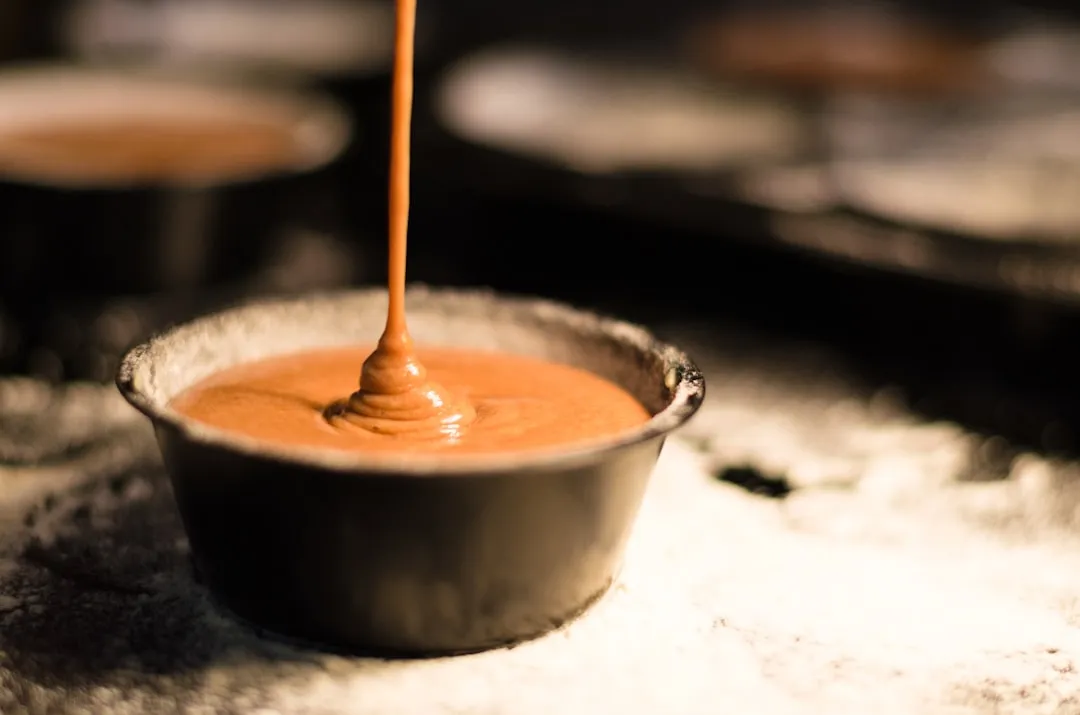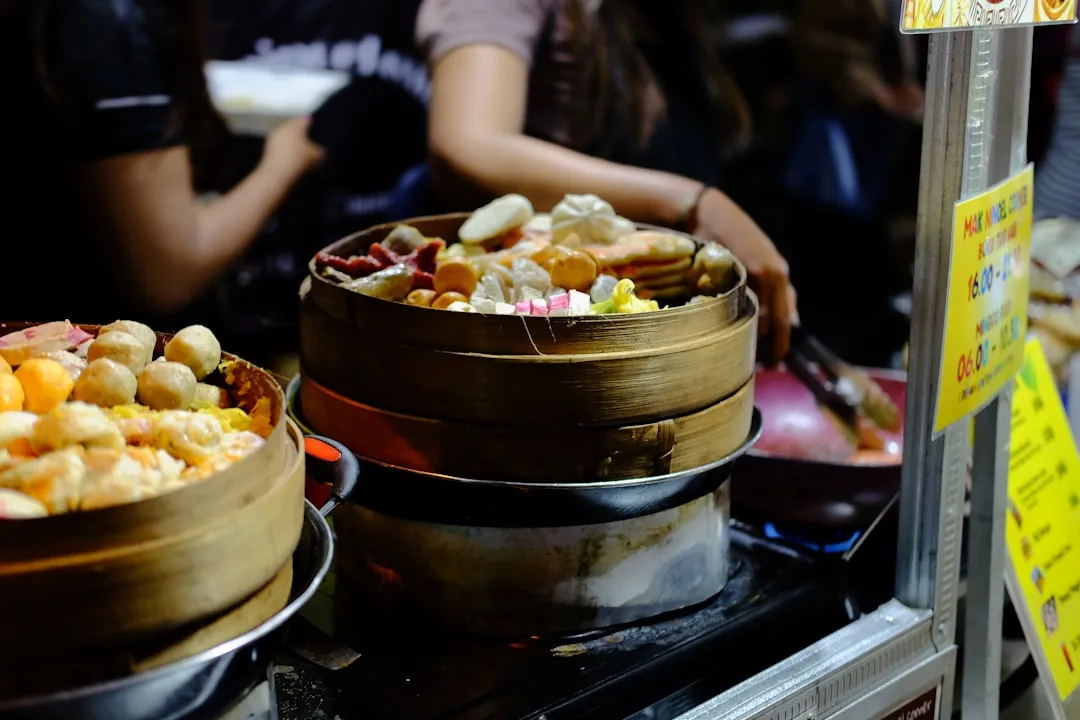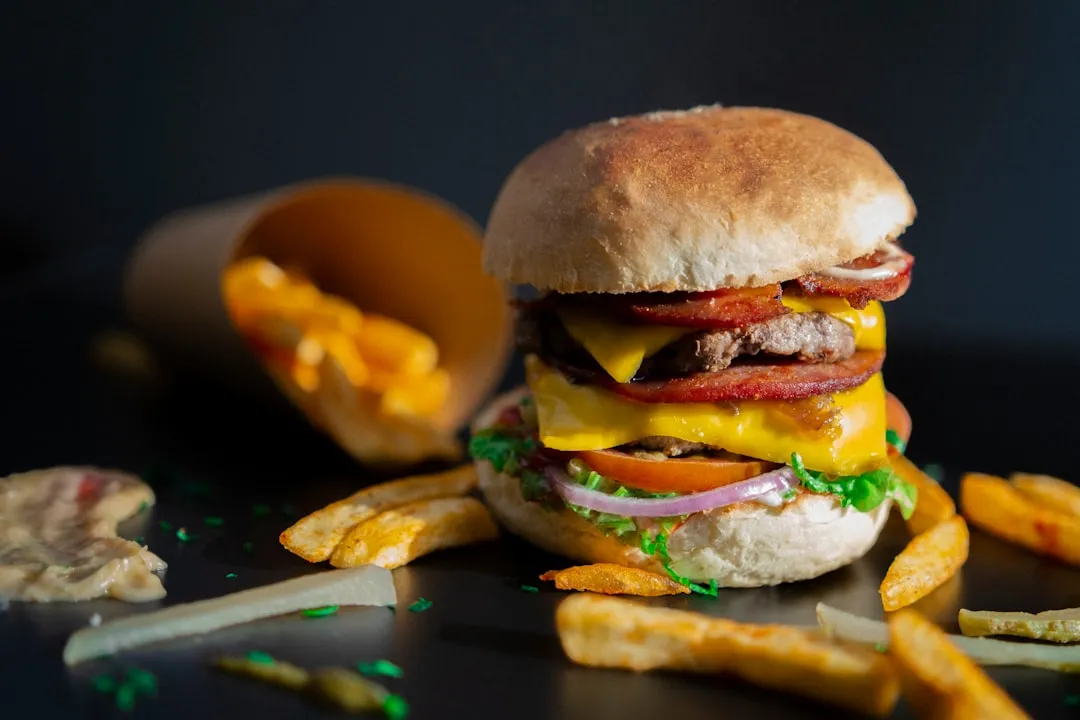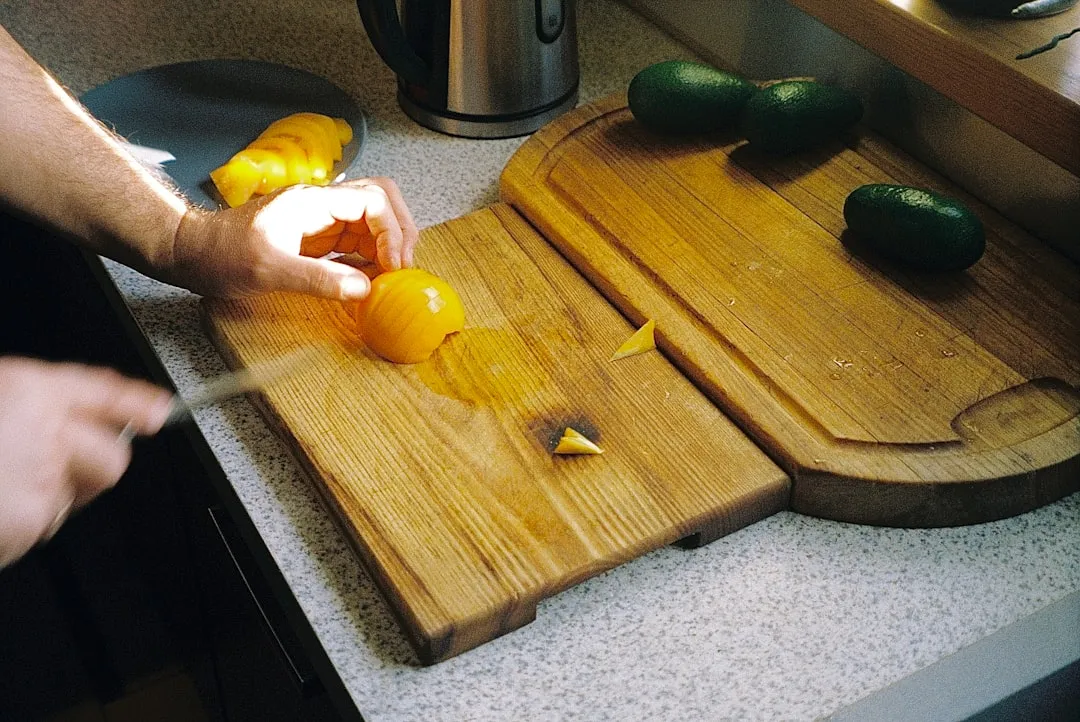As a kid, my mother would always bring the noodles onto the table in a colander, then bring the pot of sauce she cooked separately. So I grew up with the idea that pasta and sauce were two separate entities that you combined table-side, and continued to eat pasta that way well into my adulthood when cooking at home. It was only much later that I realized the error of my ways... that pasta could taste so much better than I had previously imagined.
The absolutely best way to cook pasta is in the same pan as its sauce.
A Whole New World of Flavor
At first, it may seem like an unnecessary extra step—after all, both components (sauce and pasta) are fully cooked, and there is no need to spend extra effort mixing them together in a pan when you and your fellow diners will be doing the same thing on a plate in a few moments. But it makes a very big difference, more so than you would expect.
- Don't Miss: Tricks to Make Store-Bought Sauce Taste Homemade
First of all, the exposure to the heat while mixing the sauce helps the pasta absorb flavor from the sauce. This creates a more congruent dish that emphasizes the sauce's flavor.

Pici allagione.
At the same time, the starch that clings to freshly-boiled pasta also helps the sauce to stick to the noodles or pasta shapes. If you've ever been frustrated at sauce that never seems to stay on the noodle, then this trick is definitely for you.
How to Finish Your Pasta
This hack, for all of the flavor and complexity it adds to most any pasta dish, is quite simple.
After your pasta has just reached al dente, drain the noodles—but reserve the pasta water, as it is full of starch and flavored with salt; if your sauce becomes too thick when mixing, adding a bit of pasta water will thin out the sauce without watering down the flavor.
- Don't Miss: No-Boil vs. Traditional Pasta
Combine the pasta with the pan sauce you've prepared for the pasta and turn the heat to high. Then, either stir the pasta into the sauce or, as we've discussed in a previous article, whip the pasta with tongs into the sauce over medium-high heat for 2 minutes. If, as I mentioned before, the starch clinging to the noodles makes the sauce too thick, pour some of the reserved pasta water to thin it out.

Sundried tomato and toasted walnut pasta.
After using both techniques at home, I can say from experience that both methods work well. Whipping works especially well for noodles and sauces that are either tomato- or olive oil-based; stirring and simmering works well with other pasta shapes such as rotini, elbows, or farfalle—especially because I like for the sauce to get trapped in the nooks and crannies of the various shapes. However, I definitely recommend trying both out and seeing what works best for you.
The Best Pasta You've Ever Made
I should note that this doesn't work well with every pasta sauce out there. For instance, pesto actually becomes chunkier when tossed with starchy, fresh pasta... and it's not something you can really thin out with water. Another common example is carbonara, which is mixed with pasta away from heat to prevent the egg yolk from scrambling. Other than these two outliers, feel free to experiment with any kind of sauce—from Alfredo to vodka or even a classic Bolognese.
Hands down, your first bite of pan-finished pasta will rock your world. It'll make you wonder why you've never done this before... and just as determined to always prepare it this way!

























Comments
Be the first, drop a comment!